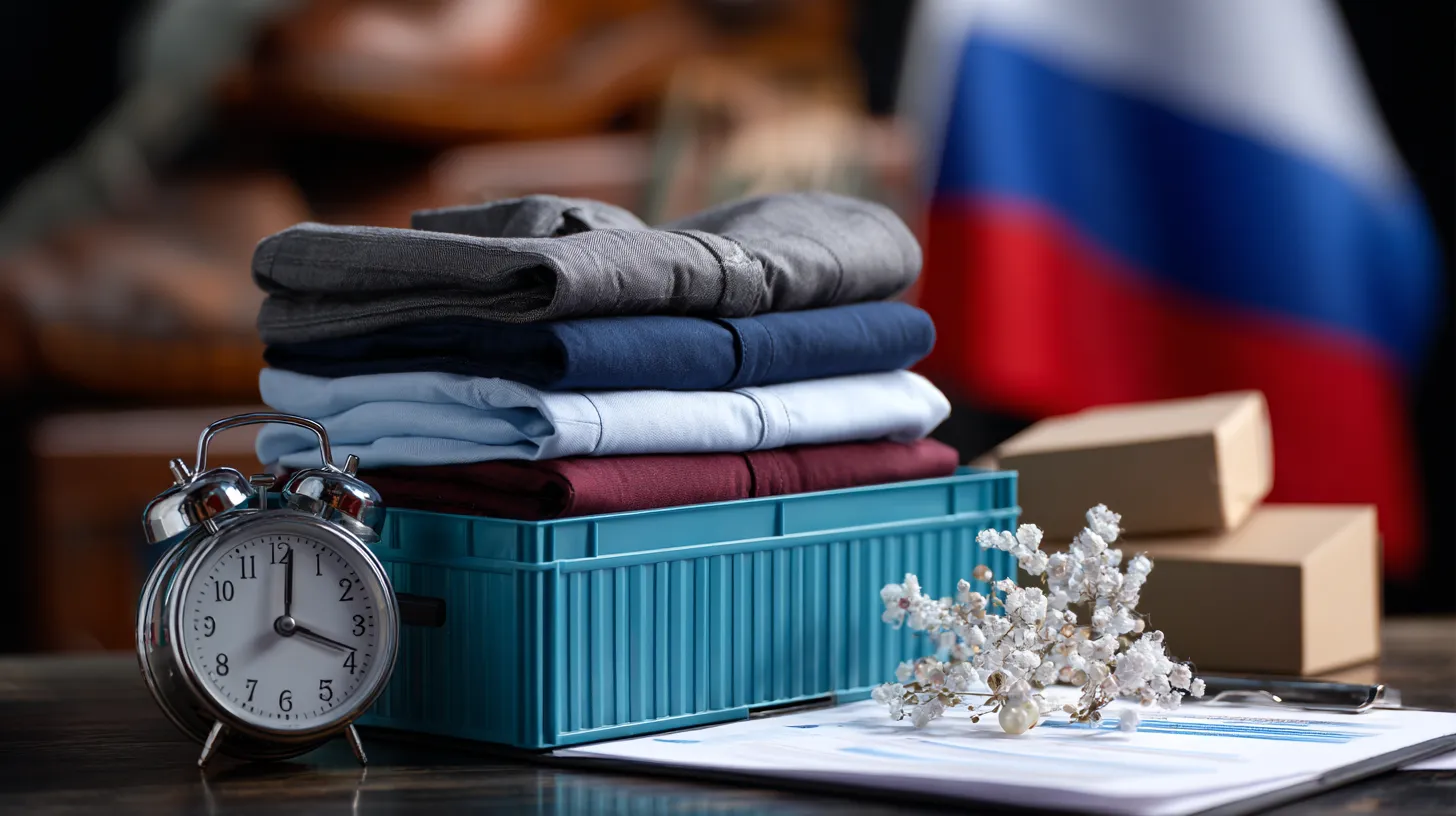Russia has initiated an increase in import duties on a number of categories of light industry goods, suggesting that the Eurasian Economic Commission increase the rate from the current 10% to 15%. We are talking about 80 product lines, including outerwear, trousers, sweaters, specialized work clothes and other textiles.
The proposed changes are aimed at strengthening the competitiveness of domestic products and reducing dependence on imports. However, analysts warn of possible consequences.: An increase in the cost of imported goods will lead to an increase in retail prices for clothing in the range of 4-6%. This will have a particularly strong impact on niches with a high technological component, such as membrane jackets or equipment for tourism.
According to current data, more than half (about 52%) of all labeled clothing and textiles on the market are imported products. Against the background of a general decrease in consumer activity recorded in January-August 2024 (a drop in purchases of clothing and shoes amounted to 8%), such a step may further narrow the range.
In addition, there is a risk of an increase in the volume of "gray" imports, which may weaken quality control of goods and reduce the transparency of supply chains. At the same time, it is possible for Russian products to rise in price following imports, based on the principle of price equalization.
Another consequence may be a temporary shortage of certain product groups, especially ahead of the spring-summer season in 2026, while importers and manufacturers adapt to the new conditions.
Although the measures are designed to support domestic producers, experts point out that parallel actions are needed.: stimulating local production, investing in fabric recycling, and supporting small and medium-sized businesses to offset the decline in availability and diversity of the product range.









